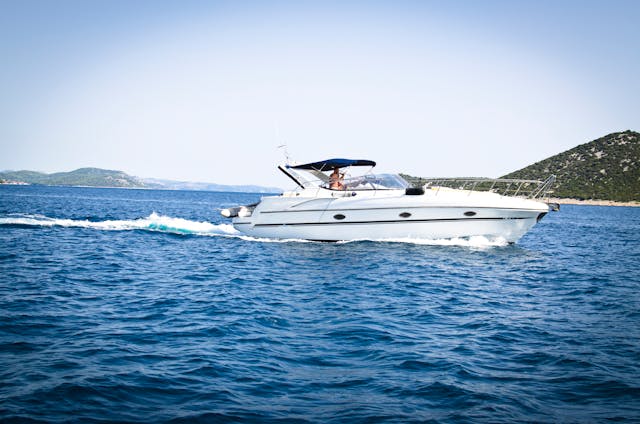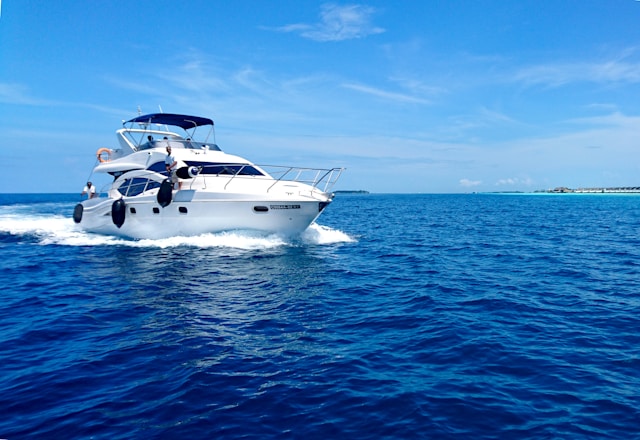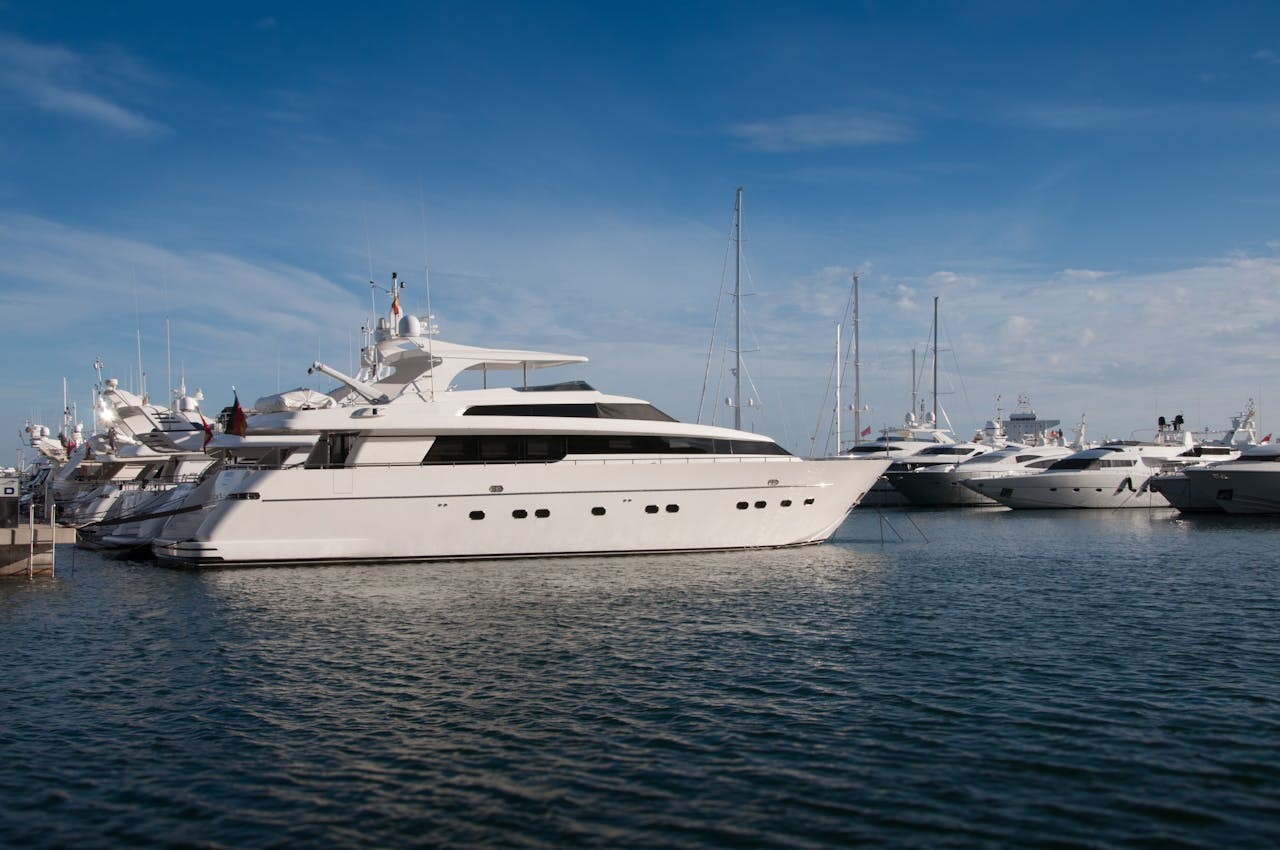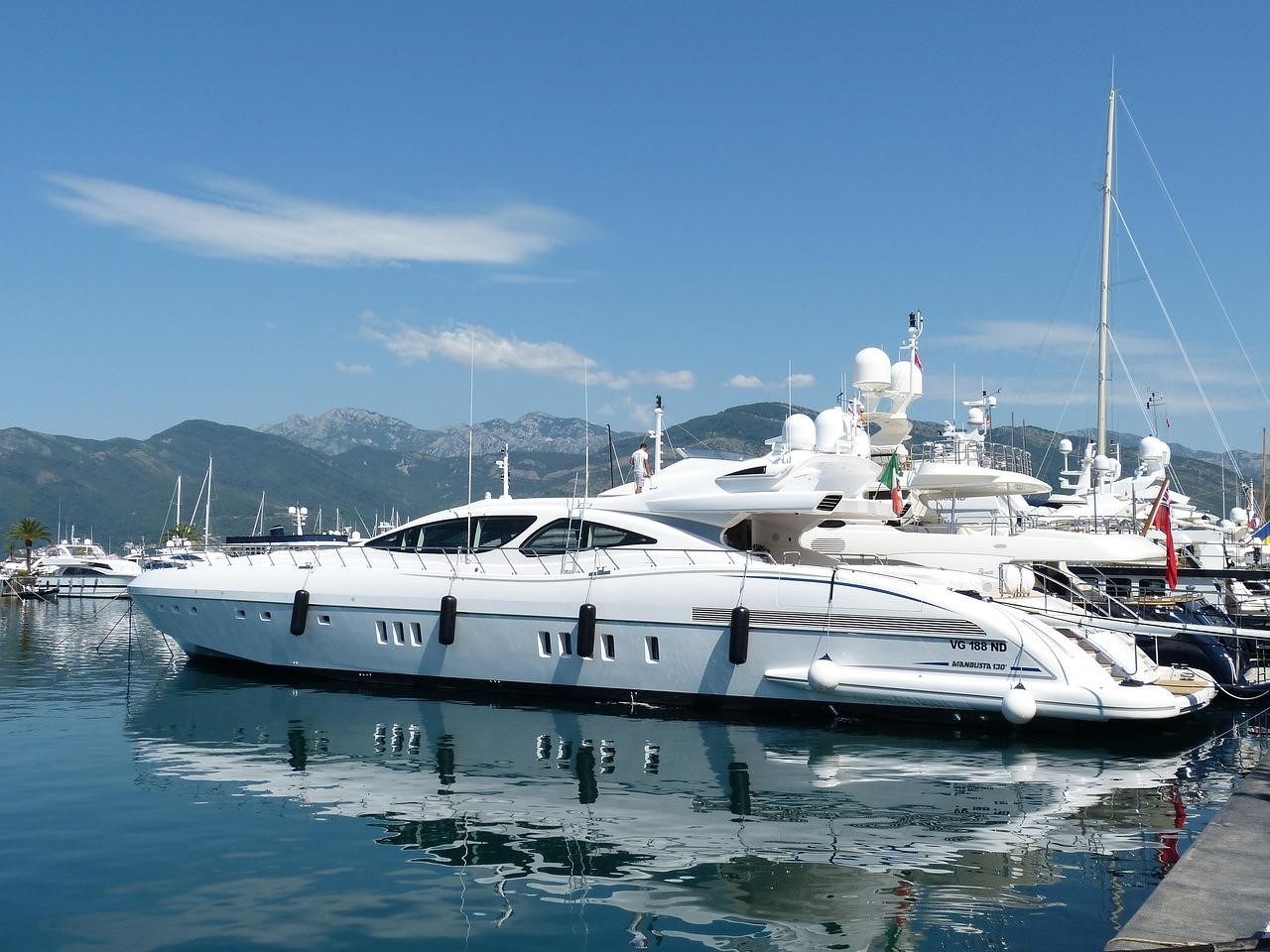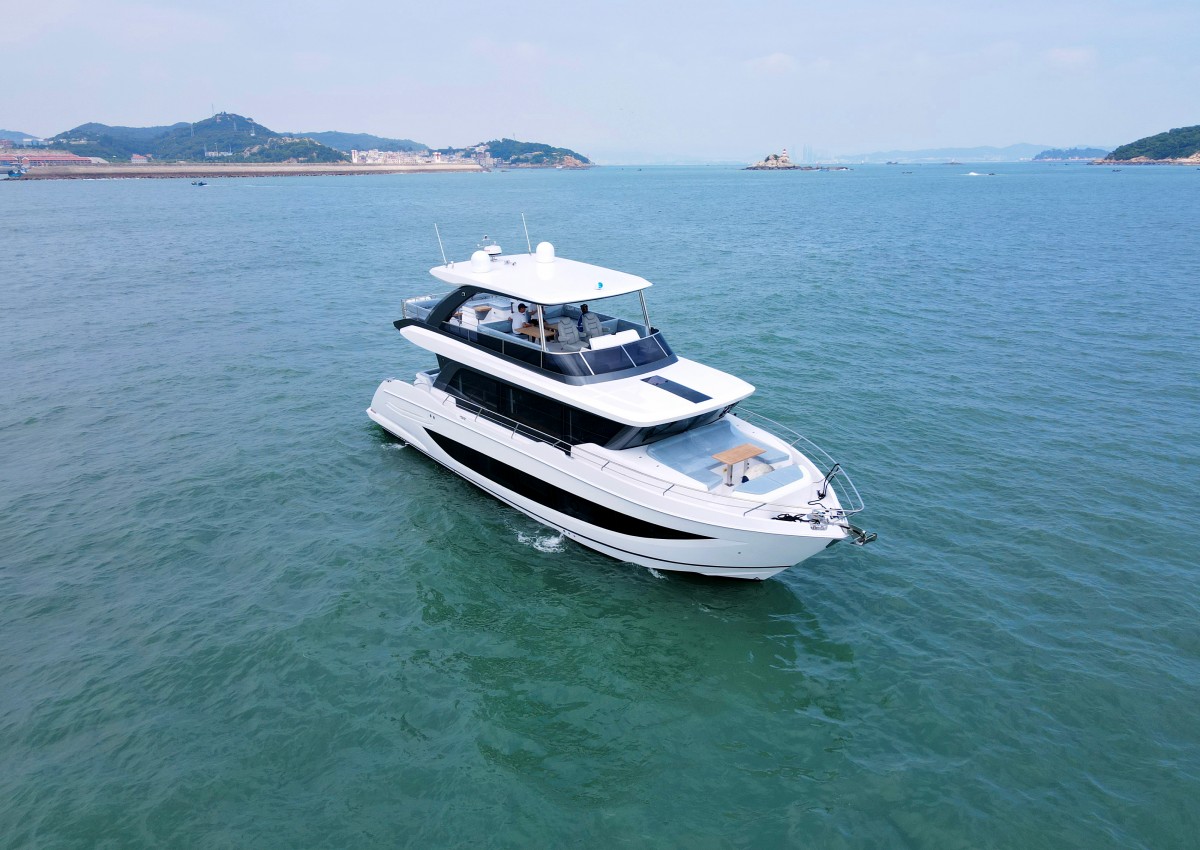Yachts often run aground when at sea, but like other common boating mistakes, yacht groundings can be avoided. So how can you effectively avoid a yacht grounding? In this guide, we'll introduce you to several ways to avoid yacht groundings, by which the risk of running aground can be minimized.

With the help of a chart or chart plotter
When sailing your yacht at sea, looking at a chart or chart plotter is an important means of knowing the location of shipping lanes, channel markers, shoals, and underwater obstacles. Whether they are paper charts or digital charts, using them skillfully can be an effective way to avoid running your yacht aground.
It is important to note that even if the chart or chart plotter indicates that the current area will not result in a grounding, there is still a risk of running aground during actual navigation. This is because sandbars may move, channels may fill with sediment and the topography of the water bottom may change, particularly in areas of sandy or muddy water in the event of strong storms. Therefore, you need to regularly update the digital charts in your chart plotter to ensure that your charts are up to date.
Consider tidal factors
If the yacht is navigating in a tidal area, be sure to consider the effects of the tide. Depths marked on charts are generally ‘MLW’, or ‘mean low water’, which refers to the average of the depths at low tide in a given area. As tides vary from week to week and month to month, only the average value can be used. Avoiding tidal areas can effectively prevent your yacht from running aground.
Keep a proper lookout
It is important to keep a proper lookout while sailing to avoid all potential hazards, including the risk of running aground. In some waterways where the water is relatively clear, you may be able to detect the presence of shoals or shallow underwater weed beds by observing the change in color of the water. However, in some waterways with poor visibility, changes in the color of the water surface may be harder to detect, but when shoals are present, you may notice changes in the wave pattern of the water surface, which are warning signs given by nature.
It is important to note that the condition of the water’s changes from day to day. Water that was clear and transparent yesterday becomes murky today due to weather, currents and other factors. Therefore, it is not enough to avoid stranding a yacht through your eyes, but you need to resort to other methods as well.
Observe where other yachts are going
Observing where other yachts are going is also an effective way to avoid running aground. Different types of yachts have different drafts, and when you only see one yacht sailing in a certain area, you cannot be sure that your yacht will be able to sail in that area as well. However, if you spot a yacht with a significantly deeper draught, for example if you are on a small yacht and see a large yacht sailing a certain route, then you can proceed along that route with relative confidence. This is because the fact that a large vessel can pass means that the depth of water in the area is safe enough for a yacht with a shallow draft, and this will also effectively prevent the yacht from running aground.
Familiarize yourself with the yacht's capabilities
No matter how alert you are to your surroundings or how familiar you are with the waterway you are in, one of the key factors in avoiding a grounding is the ability to stop the boat or change course in time when you perceive a risk of running aground, which requires you to be familiar with and understand the performance of the yacht. You need to know how much distance the yacht needs to travel at different speeds to come to a complete stop, and also how much time the yacht needs to make adjustments, and only by operating the yacht accurately will you be able to avoid the danger.
When you feel that there is a possibility of the yacht running aground, the wisest thing to do is to slow down. Reducing the speed of the yacht will shorten the distance to the grounded yacht and reduce the chances of damage to the yacht or the propulsion system. Because lower speeds mean less impact in the event of a collision, you can reduce the extent of damage to the yacht and ensure safe navigation.







 Leave the comment
Leave the comment
